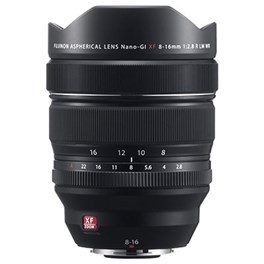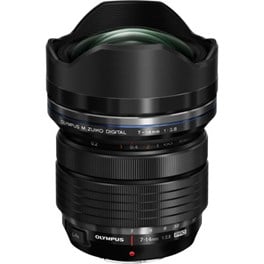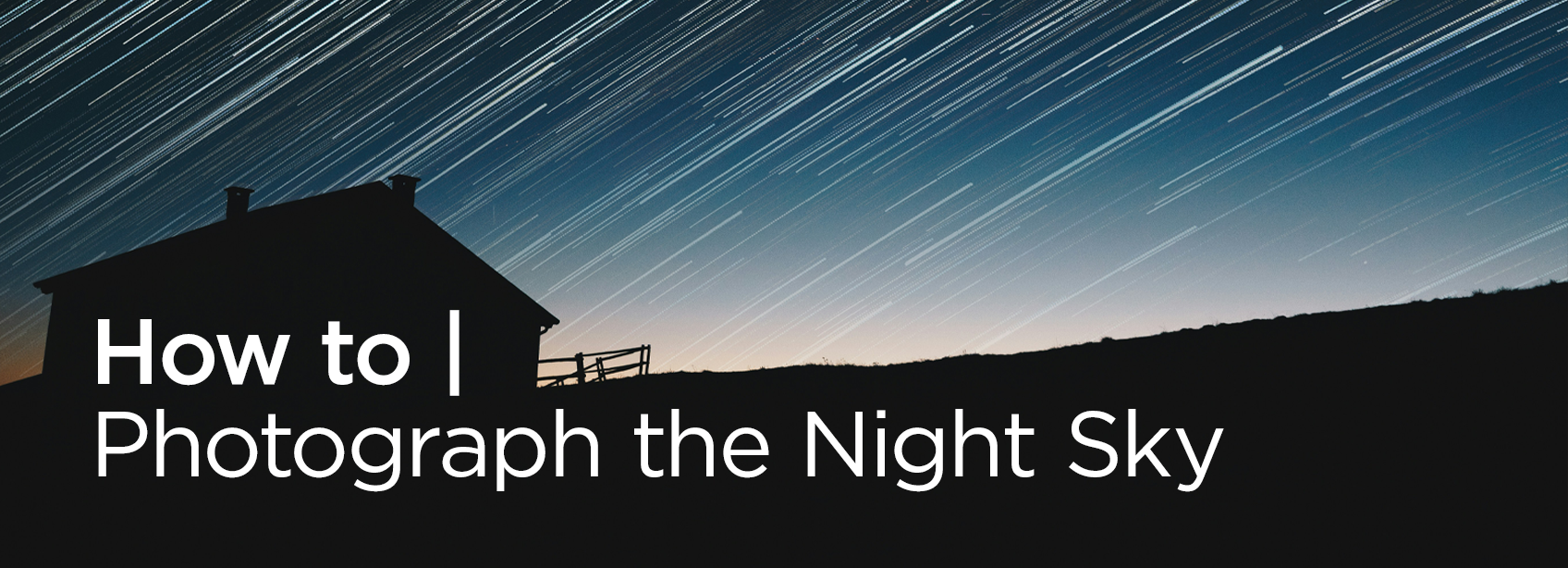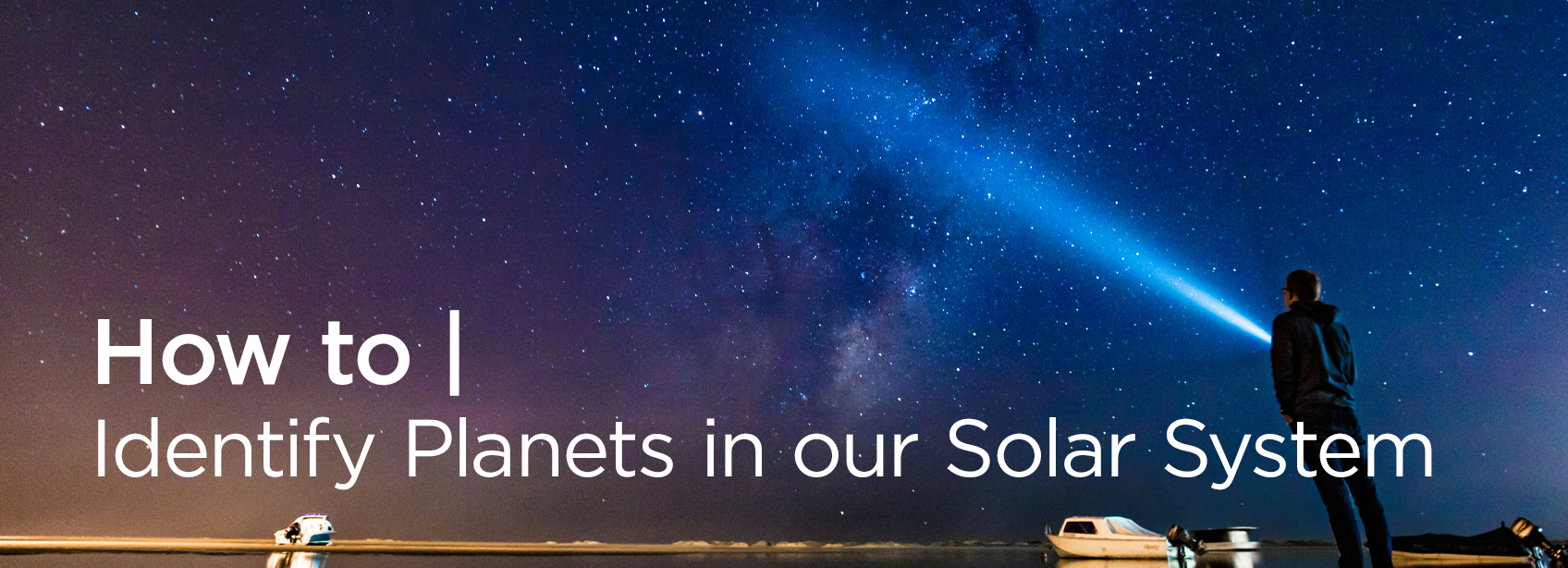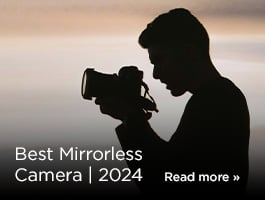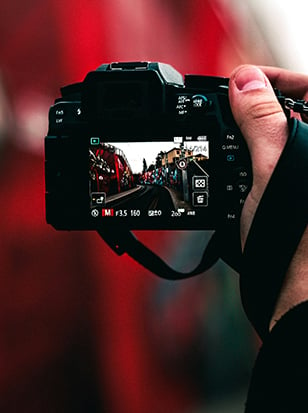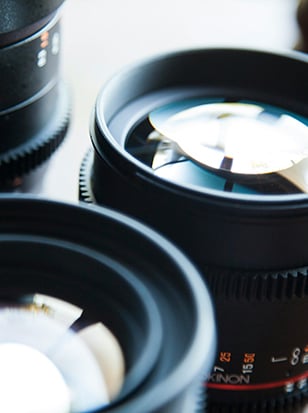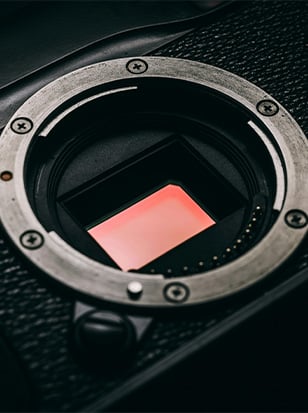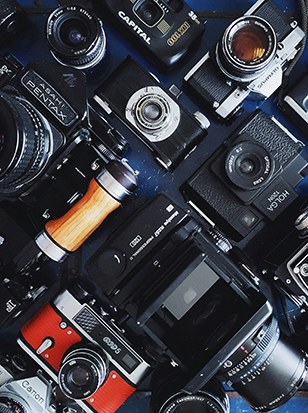
Choosing the best lens for astrophotography is even more important than choosing the best camera. Lens choice is absolutely critical when it comes to capturing clear, sharp, night-sky images — you can’t simply point any old bit of glass towards the stars and hope to get a usable shot. There’s a lot to it, and if you’re fairly new to astro imaging, it’s worth scrolling to the bottom of this page where we’ve put together a quick explainer of the key things to look for with an astro lens.
Fortunately, manufacturers have risen to the challenge, and no matter which camera system you’re using, DSLR or mirrorless, there are plenty of fantastic wide-angle options for capturing sharp, dynamic night-sky images. We’ve polled the Wex team of photographic experts in order to come up with what we reckon are the best astrophotography lenses for all the major manufacturers. Some manufacturers of course produce lenses and cameras for different lens mounts, such as Canon or Nikon with their separate DSLR and mirrorless lines.
Read on for our picks of the best Astro lenses to buy in 2025. And if you’re still building your setup, check out our guide to the best mirrorless cameras, which includes plenty of powerful shooters that are great for night-sky imagery.
The best lenses for astrophotography
|
Aperture: f2.8 maximum Focal Length: 15-35mm Image Stabilisation: Yes (up to 5 stops) Lens Construction: 16 elements in 12 groups Filter Size: 82mm |
Pros:
Cons:
|
A stunner of a lens for astrophotography, Canon’s RF 15-35mm f2.8L IS USM is the widest member of its “trinity” of f2.8 lenses for pros, consisting also of the 24-70mm f2.8 and the 70-200mm f2.8. Naturally, it delivers absolutely top-notch image quality throughout its range, but one thing that’s particularly handy for astrophotographers is the fact that it performs extremely well at its wide end – which isn’t normally the case. So shoot at 15mm, extend those exposure times and be well.
The RF 15-35mm is durably built and perfectly suited for outdoor work. The only stumbling block over this lens is that it’s priced at the professional level – if it’s out of your budget, try the Canon RF 16mm f2.8 STM, a budget lens with a wide angle of view and fast aperture.
|
Aperture: f2.8 maximum Focal Length: 14-24mm Weight: 650g Lens Construction: 16 elements in 11 groups Filter Compatibility: Rear gel filter holder |
Pros:
Cons:
|
This is the upgrade or sequel to a famous DSLR lens for F-mount (which, spoiler, is featured below). However, Nikon didn’t just rush out the same old lens with a new mount, but redesigned its 14-24mm f2.8 offering from the ground up. With a construction of 16 high-quality elements in 11 groups, the Nikon Z 14-24mm f2.8 S is an absolute beast of a lens that will delight any Z-series wielding astrophotographer.
Image quality is stunning throughout the range, with great control of chromatic aberrations and coma. It does very well at maximum aperture – but one thing that’s particularly delightful about this lens is how lightweight it is. At 650g, it’s distinctly more heftable than its F-mount predecessor (which is pushing a kilogram), and this reduction in weight definitely suits the lighter, more nimble Z-series cameras.
|
Aperture: f2.8 maximum Focal Length: 12-24mm Weight: 847g Lens Construction: 17 elements in 14 groups Minimum Focus Distance: 28cm |
Pros:
Cons:
|
Sony likes its milestones, and on release, the Sony FE 12-24mm f2.8 G Master represented a first of its kind – no other wide zoom offered a constant f2.8 aperture at this focal range. And of course it had to be a G Master lens, Sony’s range of top-notch optics promising excellence in engineering both inside and out. So, as you might be able to imagine, all this adds up to one of the best astrophotography lenses out there, for any system.
The optical construction of this lens is first-rate, including three XA (Extreme Aspherical) lens elements, as well as advanced Nano AR coating II to remove flare and ghosting. Coma flare is exceptionally well controlled, as are other forms of distortion and aberration.
This is a lens for photographers who demand the best. It’s priced as such, but believe us, it earns that price tag.
|
Aperture: f2.8 maximum Focal Length: 14-24mm Weight: 795g Lens Construction: 18 elements in 13 groups Minimum Focus Distance: 26cm |
Pros:
Cons:
|
Users of Panasonic Lumix S full-frame cameras have access to the growing L-mount ecosystem of lenses – an alliance developed in partnership with Sigma. As such, L-mount users get to enjoy standout lenses like this, a mirrorless version of a much-venerated SLR lens. Sigma billed the Sigma 14-24mm F2.8 DG DN Art as the "definitive lens for astrophotography" – and, you know what? They have a point.
The edge-to-edge rendering performance of this wide-angle zoom is absolutely sublime. Large-diameter aspherical elements have been included in the optical design specifically to suppress coma flare and achieve exceptionally sharp rendering of stars in the night sky. With a huge angle of view, Sigma’s 14-24mm is perfectly pitched to capture expansive vistas – and its weatherproof build is great for taking outdoors. While there’s no front screw-on filter thread (as is pretty standard for lenses such as this), there is a rear filter holder that lets you slot in square filters if you need to.
|
Aperture: f2.8 maximum Focal Length: 8-16mm Weight: 805g Lens Construction: 20 elements in 13 groups Filter Compatibility: No front filter thread |
Pros:
Cons:
|
Equating to a 12mm focal length in full-frame terms, the Fujifilm XF 8mm f3.5 R WR is a cracking prime lens with excellent edge-to-edge sharpness — ideal for filling the frame with the night sky. A prime lens is always going to be a compromise with this kind of photography, as you can’t fine-tune your composition with a quick twist of the zoom ring. However, the big, sweeping angle of view that you get with this lens is exactly the kind of thing that many astro shooters are looking for.
Built tough, with Fujifilm’s “Weather Resistant” (WR) designation, this is an ideal lens for long, cold, dewy nights spent outdoors shooting the stars. It can operate in very low negative temperatures, and a repellent coating on the front element is in place to help keep off water and stains. One thing to be aware of, however, is the maximum aperture of F3.5, which isn’t as wide as some other lenses on this list, and means you will likely need to factor in longer exposure times.
|
Aperture: f2.8 maximum Focal Length: 7-14mm Weight: 534g Lens Construction: 14 elements in 11 groups Minimum Focus Distance: 20cm |
Pros:
Cons:
|
If you’re shooting astro images on Micro Four Thirds, we’d go so far as to say that this lens should be top of your list. The crop factor of the Micro Four Thirds format means that wide zooms are not exactly plentiful, so this 14-28mm equivalent sets itself apart right away. Having that f2.8 maximum aperture run right the way through the zoom range hugely expands the lens’ utility for night-sky images, and the optical quality is just gorgeous, even when it’s used wide open.
There is a little drop-off in the corners, but not enough to seriously compromise your images, and getting this kind of sharpness consistently at f2.8 is simply a godsend when you’re outside in the dark. It’s a beautifully built lens, too, with full weatherproofing and excellent handling. We love in particular the manual focus clutch that lets you use the focus ring to instantly switch between auto and manual focusing when you need to.

FAQs
What are the best lenses for astrophotography?
The best lenses for astrophotography often have a wide aperture (f2.8 or wider) to capture more light from distant celestial objects.
Can I use a regular camera lens for astrophotography?
Yes, you can use regular camera lenses for astrophotography, but dedicated astrophotography lenses tend to perform better due to features like low aberration and wider apertures. However, some wide-angle and fast prime lenses can yield good results.
What focal length is best for astrophotography?
Lenses with focal lengths between 14mm and 50mm are commonly preferred for astrophotography. Wide-angle lenses capture expansive night skies, while lenses around 35mm provide a balance between capturing the sky and individual celestial objects.
Why is a wide aperture important in astrophotography lenses?
A wide aperture (low f-number) allows more light to enter the lens, making it crucial for astrophotography, where you're often working with low light conditions. This enables shorter exposure times and helps capture faint details in the night sky.
What is coma, and how does it affect astrophotography?
Coma is an optical aberration that causes stars near the edges of the frame to appear distorted, resembling a comet shape. It's particularly problematic in wide-angle lenses. Choosing lenses with low coma distortion is essential for capturing sharp stars across the entire frame.
Are prime lenses better than zoom lenses for astrophotography?
Prime lenses generally outperform zoom lenses in astrophotography due to their simpler optical design and wider apertures. Prime lenses are more likely to have better light-gathering abilities and reduced aberrations, resulting in sharper and clearer images of celestial objects.
Should I consider manual focus lenses for astrophotography?
Manual focus lenses are often preferred for astrophotography because they allow precise control over focusing on distant celestial objects. Many astrophotographers use manual focus to achieve accurate results in the dark sky.
How do I reduce lens flare and ghosting in astrophotography?
To reduce lens flare and ghosting, avoid using very wide apertures. Additionally, using a lens hood and positioning your camera away from bright light sources can help. Using high-quality lenses with coatings designed to minimize flare can also make a significant difference.
Are expensive lenses always better for astrophotography?
Expensive lenses often offer superior optical performance and features, but there are budget-friendly options that can still produce excellent astrophotography results. Researching lens reviews and user experiences can help you find the best lens for your specific needs and budget.
Can I use image stabilisation for astrophotography?
Image stabilisation (IS) can be helpful for handheld photography but is generally turned off when shooting astrophotography on a tripod. The IS system might introduce slight movement or vibrations, which could negatively impact long-exposure shots of stars and celestial objects.
Tips and tricks articles
How to choose the best lens for astrophotography
For this guide, we’re talking starscapes and nightscapes, and ideally for nightscape images you want a wide-angle lens, ideally as wide as possible, and there are a few reasons for this. Wide-angle lenses allow you to get more of the sky in frame, yes, but there’s another factor in it for astrophotographers. When shooting stars, something that’s necessary to keep in mind is what’s called the “500 Rule”.
This rule states that to get clear, pin-point images of stars without them blurring across the sky as the Earth moves, the maximum exposure time you can use is the number 500 divided by the focal length of your lens. So for, say, a 20mm lens, you would divide 500 by 20 to get an exposure time of 25 seconds. But if you had a 135mm lens, it would work out to an exposure time of about 3.7 seconds. In astro, it’s critical to gather as much light as possible, so a short focal length is a huge advantage.
This means the other critical thing a good astro lens needs is a wide maximum aperture – letting you make the most of those exposure times. But more than that, it actually needs to perform well at that aperture. An f1.8 lens isn’t much good for astro if all it produces at that setting is a blurry mess.
While all lenses are reviewed and rated for their ability to control distortion, aberration and other optical artefacts, there’s one such artefact in particular that concerns astrophotographers – coma, also known as comatic aberration (not to be confused with chromatic aberration).
This is a specific type of distortion that particularly affects astro images as it causes small points of light towards the edges of the frame to appear stretched and distorted – making stars appear, in effect, “comet-shaped”. A good astro lens should have an optical construction specifically designed to control coma, which normally involves a number of aspherical elements (as it’s light hitting spherical elements that causes the effect). The result, ideally, is a lens that produces pin-sharp images from edge to edge, corner to corner.
How do we decide?
Our in-house photography experts, store staff and partners all work collaboratively to pour over our guides and tips articles. We also consider emerging trends and customer feedback to make sure our guides are always up-to-date and reflective of what people are truly looking for. By curating only the best products, our guides provide trustworthy recommendations, making it easier for customers to make informed choices with confidence.
If you would like more advice on any purchase our contact centre staff are here to help. Alternatively, you can reach us via email or social media. And don't forget. If you were to purchase anything based on our recommendations you'll be covered by our full returns policy
Sign up for our newsletter today!
- Subscribe for exclusive discounts and special offers
- Receive our monthly content roundups
- Get the latest news and know-how from our experts





